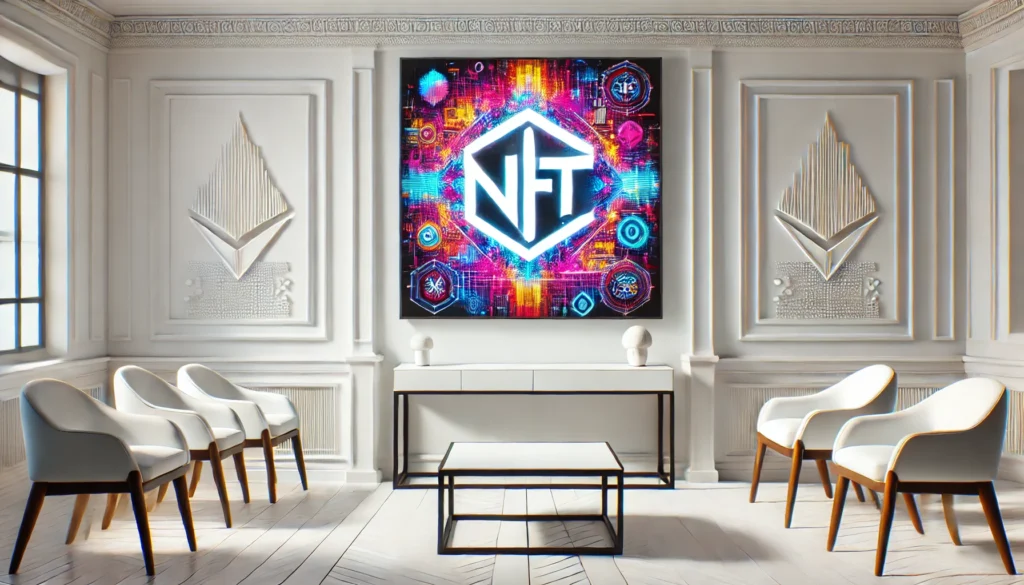NFT Showcase
NFTs, or Non-Fungible Tokens, are unique digital assets verified using blockchain technology. Unlike cryptocurrencies like Bitcoin or Ethereum, which are fungible and identical in value, each NFT is distinct.
Understanding NFTs
What Are NFTs?

Uniqueness and Verification
NFTs (Non-Fungible Tokens) are unique digital assets verified using blockchain technology, ensuring each token's distinctiveness, unlike fungible cryptocurrencies like Bitcoin.
Wide Representation
NFTs can represent various digital media, including art, music, and virtual real estate. Each NFT carries metadata and a digital signature, verifying its authenticity and ownership.
Blockchain and Standards
NFTs primarily use the Ethereum blockchain with smart contracts, employing token standards like ERC-721 for uniqueness and ERC-1155 for multiple token types.
Case Study
Popular Platforms for NFT Showcase
Ethereum's Foundation and Challenges
Ethereum is the dominant platform for NFTs due to its smart contract capabilities, supporting major marketplaces like OpenSea. However, its high fees and slow processing times have led to the rise of alternative blockchains.
Rise of Alternative Blockchains
Binance Smart Chain (BSC) and Flow are gaining popularity in the NFT space, with BSC attracting projects due to its lower fees and Flow becoming known for its speed, particularly with NBA Top Shot.
Diversification of NFT Marketplaces
NFT marketplaces are evolving to meet various needs, with platforms like Rarible promoting community-driven governance, SuperRare focusing on high-quality digital art with royalty systems, and Decentraland offering a virtual reality experience centered around virtual land transactions
Market Activity Overview
Analysing market activity on these platforms provides insights into NFT trends. OpenSea recorded a trading volume of $3.4 billion in August 2021, showing Ethereum’s strength despite high fees.
BSC’s BakerySwap and PancakeSwap offer lower costs, attracting budget-conscious creators. Flow’s streamlined experience with projects like NBA Top Shot recorded over $700 million in transactions in its first year, highlighting its significant market role.
| Platform | Blockchain | Notable Feature | Monthly Trading Volume (Aug 2021) |
| OpenSea | Ethereum | Broad asset range | $3.4 billion |
| NBA Top Shot | Flow | Sports-focused NFTs | $700 million (first year) |
| Rarible | Ethereum | Community governance | N/A |
| SuperRare | Ethereum | High-quality digital art | N/A |
| BakerySwap | BSC | Lower transaction fees | N/A |
| PancakeSwap | BSC | DeFi options | N/A |
The variety in platforms offers creators and collectors various options, each with unique advantages, catering to different aspects and niches within the NFT ecosystem.